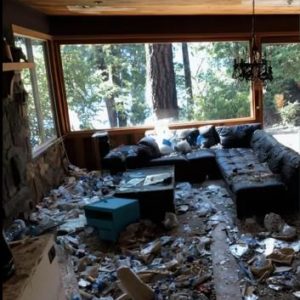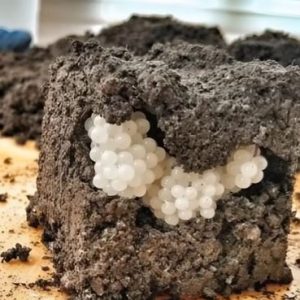As we age, our skin undergoes visible changes—some are harmless signs of time, while others may signal underlying skin conditions like keratosis. Keratosis refers to a buildup of keratin that leads to rough, dry, or scaly patches. While most types are benign, others, like actinic keratosis, carry the risk of progressing to skin cancer. Recognizing and understanding the different forms is especially crucial for those over 60, as early intervention can prevent serious health outcomes.
There are three common types of keratosis seen in older adults. Seborrheic keratosis appears as waxy, brown or black spots that resemble age spots but are harmless and non-cancerous. They may grow in number with age and only need removal if they become irritated or unsightly. Actinic keratosis, on the other hand, is considered precancerous. These dry, rough patches usually appear on sun-exposed skin and, if left untreated, can develop into squamous cell carcinoma. Lastly, keratosis pilaris manifests as tiny bumps—often on the arms or thighs—and is more cosmetic than medical, though it can persist into adulthood.
The causes of keratosis vary by type. Actinic keratosis results from long-term sun exposure; seborrheic keratosis tends to run in families; and keratosis pilaris is linked to dry skin and eczema. Risk factors include fair skin, frequent sunburns, age over 60, and a family history of skin conditions. While many people discover these spots during routine skin checks, it’s essential to monitor any growth that changes color, bleeds, or grows rapidly.
Treatment depends on the type of keratosis. Benign lesions like seborrheic keratosis can be removed through freezing, laser therapy, or scraping for cosmetic reasons. Actinic keratosis requires medical treatment to prevent cancer, including cryotherapy, topical creams, or photodynamic therapy. Keratosis pilaris is managed with moisturizers and gentle exfoliation. Preventive care—like daily sunscreen, moisturizing, and avoiding tanning beds—can also reduce risks.
In short, keratosis is a common part of aging, but not one to ignore. While some types are harmless, others can serve as early warnings of skin cancer. Regular skin checks, both self-conducted and professional, are vital to maintaining skin health and catching issues early.





